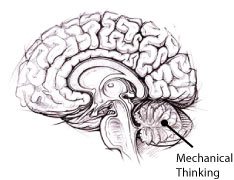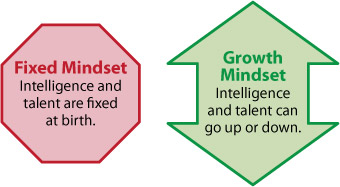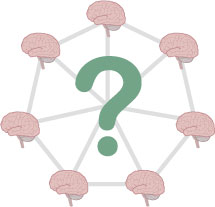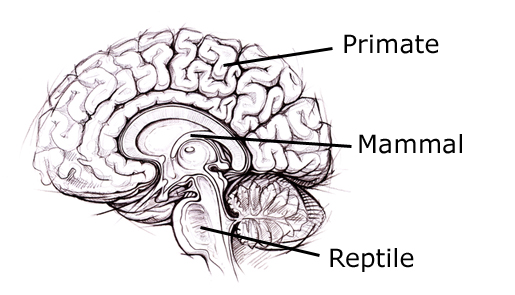In order to get students to think critically, you need to help them break through their mechanical thinking and manage their emotional thinking.
What is mechanical thinking?
When students think mechanically, their brains are just repeating looped recordings of thought without considering them. For example, students might have the mechanical thought, “I'm not good at math.” It just crops up in their brains whenever they look at a math problem. Often that little mechanical loop doesn't even relate to reality.
Why do we think mechanically?
Mechanical thinking is useful for routine tasks like walking, riding a bike, keyboarding, driving, playing an instrument, and other activities that have become part of muscle memory. To learn any of these skills takes a lot of critical thinking, problem solving, and practice, but once the skill is learned, it is stored in the cerebellum at the base of the brain. Often a person can do something with great ease but can't explain how to do it to anyone else. The skill is no longer conscious. But to learn new skills, students need to think critically.
How can students break through mechanical thinking?
When students are thinking mechanically about a topic in school, they are recalling old ideas about it and are not engaging the material in a new way. Most often, mechanical thoughts manifest themselves in statements that shut down possibility. You can teach students to recognize such statements, stop them, and replace them with questions that open up possibilities:

Mechanical Thinking(statements that stop thought) |

Critical Thinking(questions that start thought) |
| “I'm not good at math.” |
“How can I improve my math skills?” |
| “That's not the way Mrs. Jones taught us.” |
“How many ways are there to do this?” |
| “There was only one reason for the Civil War.” |
“What different factors led to the Civil War?” |
| “Current Events is boring.” |
“How do events right now shape my future?” |
| “Our group never accomplishes anything.” |
“Why is our group getting hung up?” |
Read more







